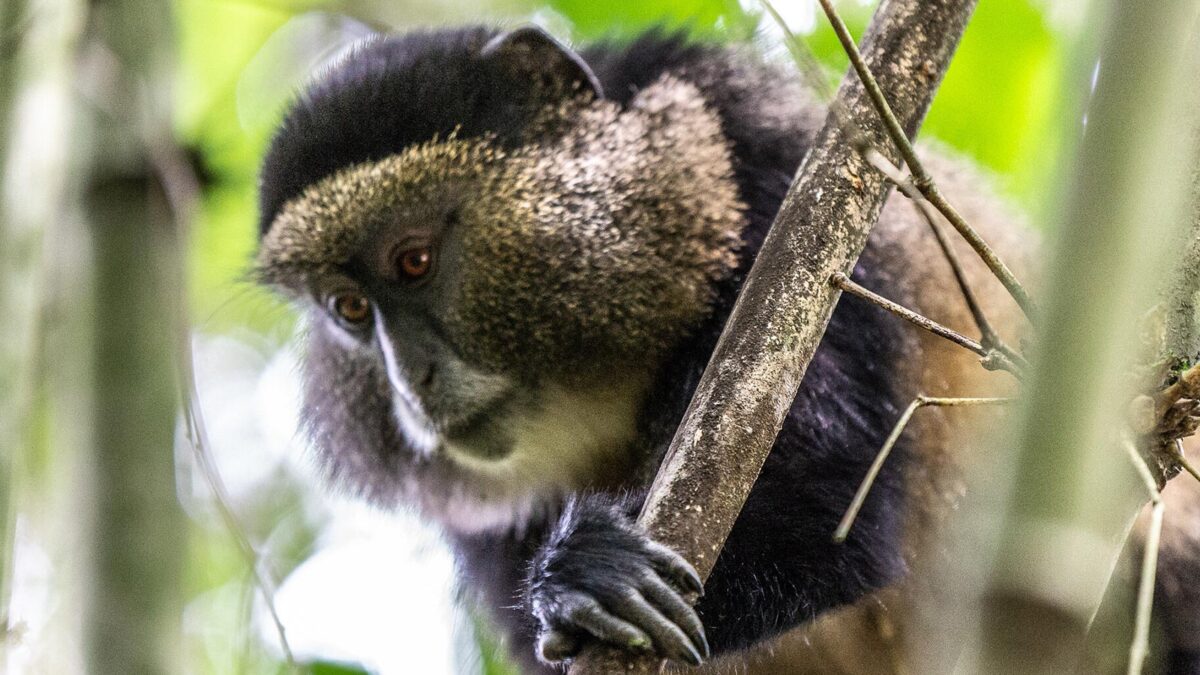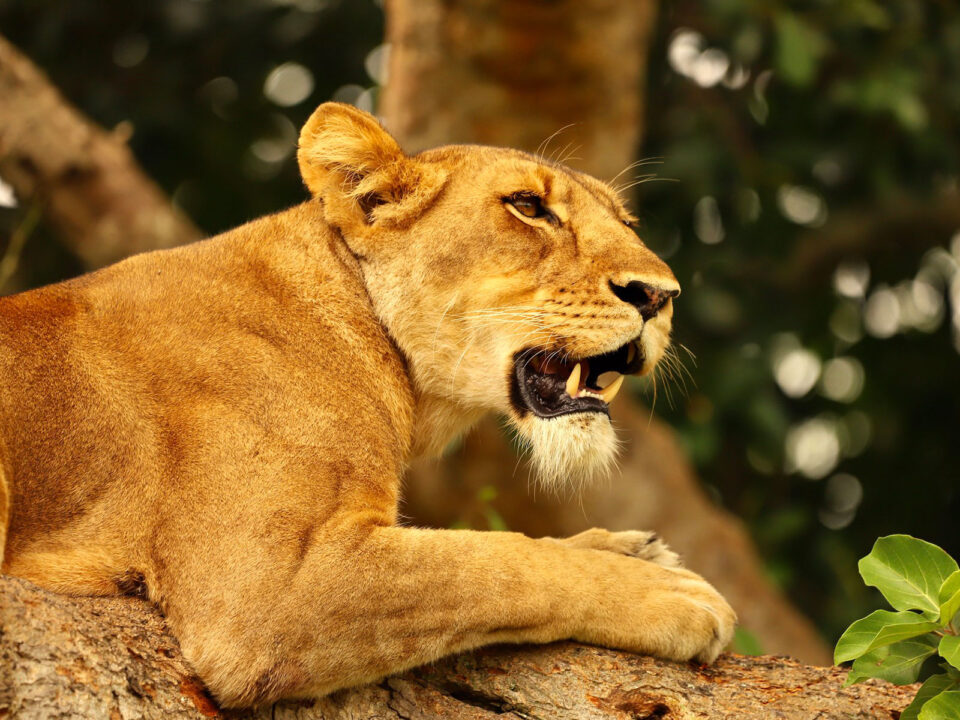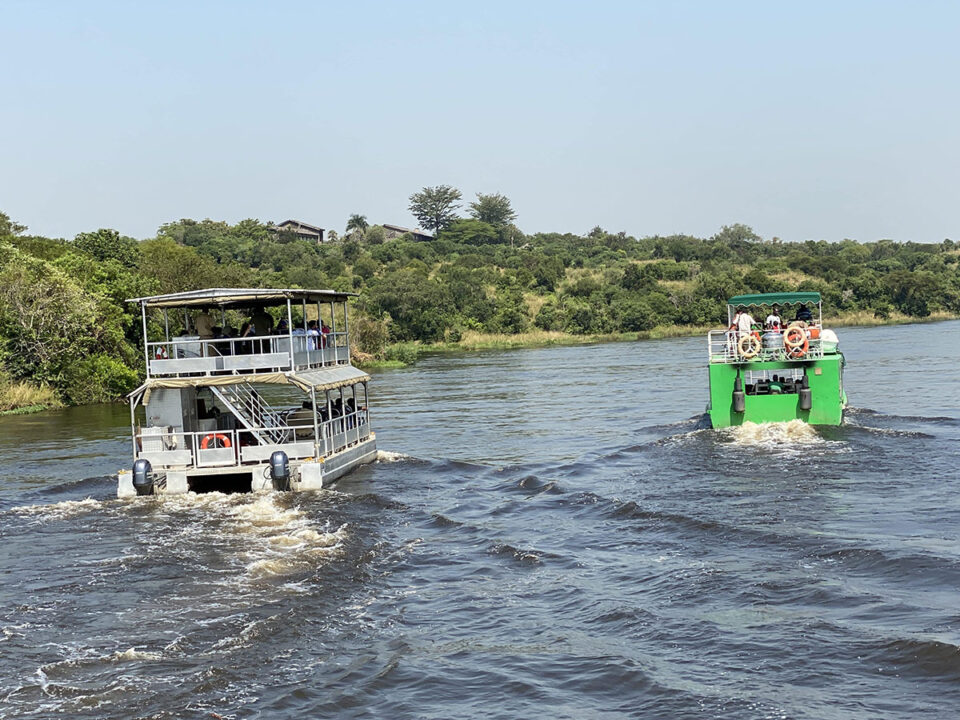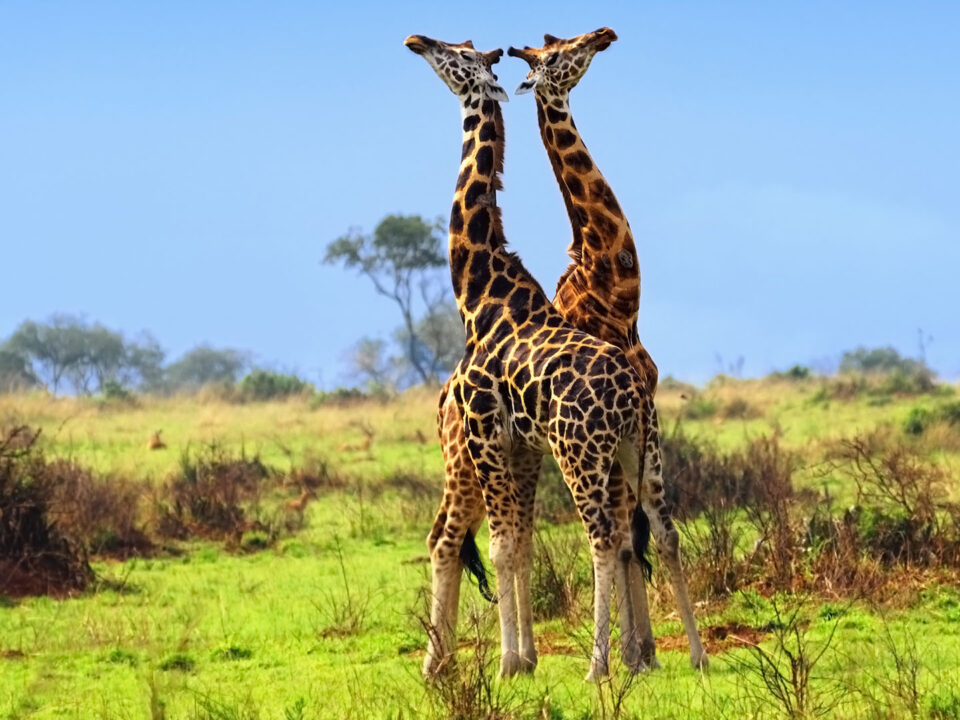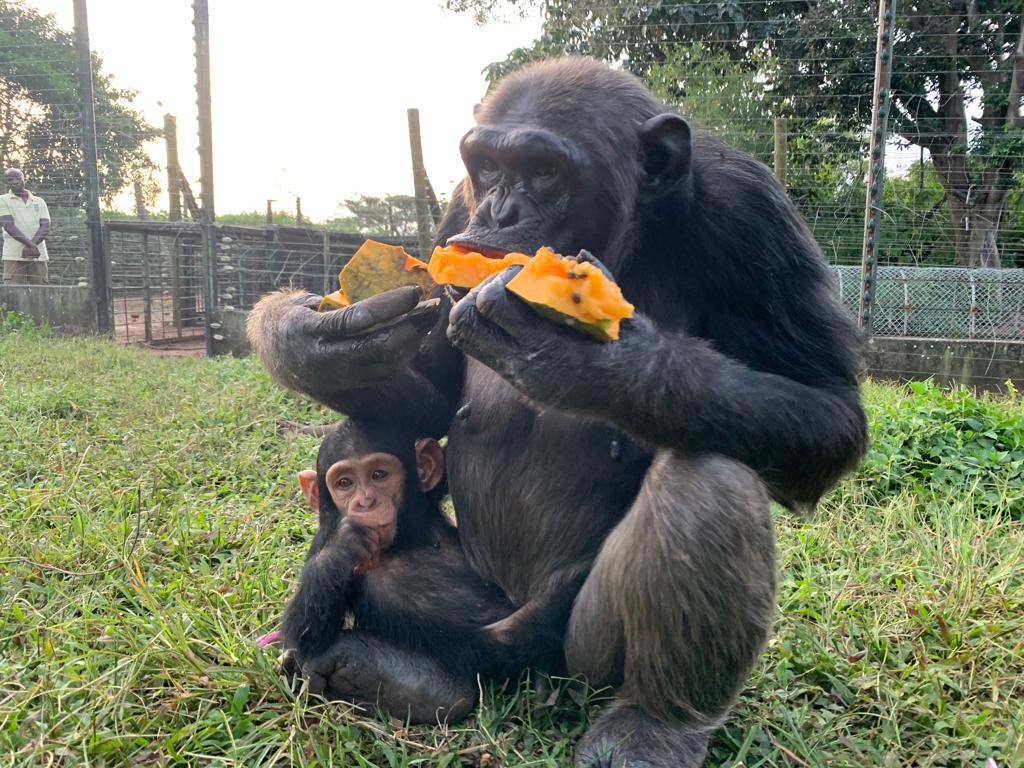
Reasons to Visit Ngamba Island Chimpanzee Sanctuary
October 30, 2023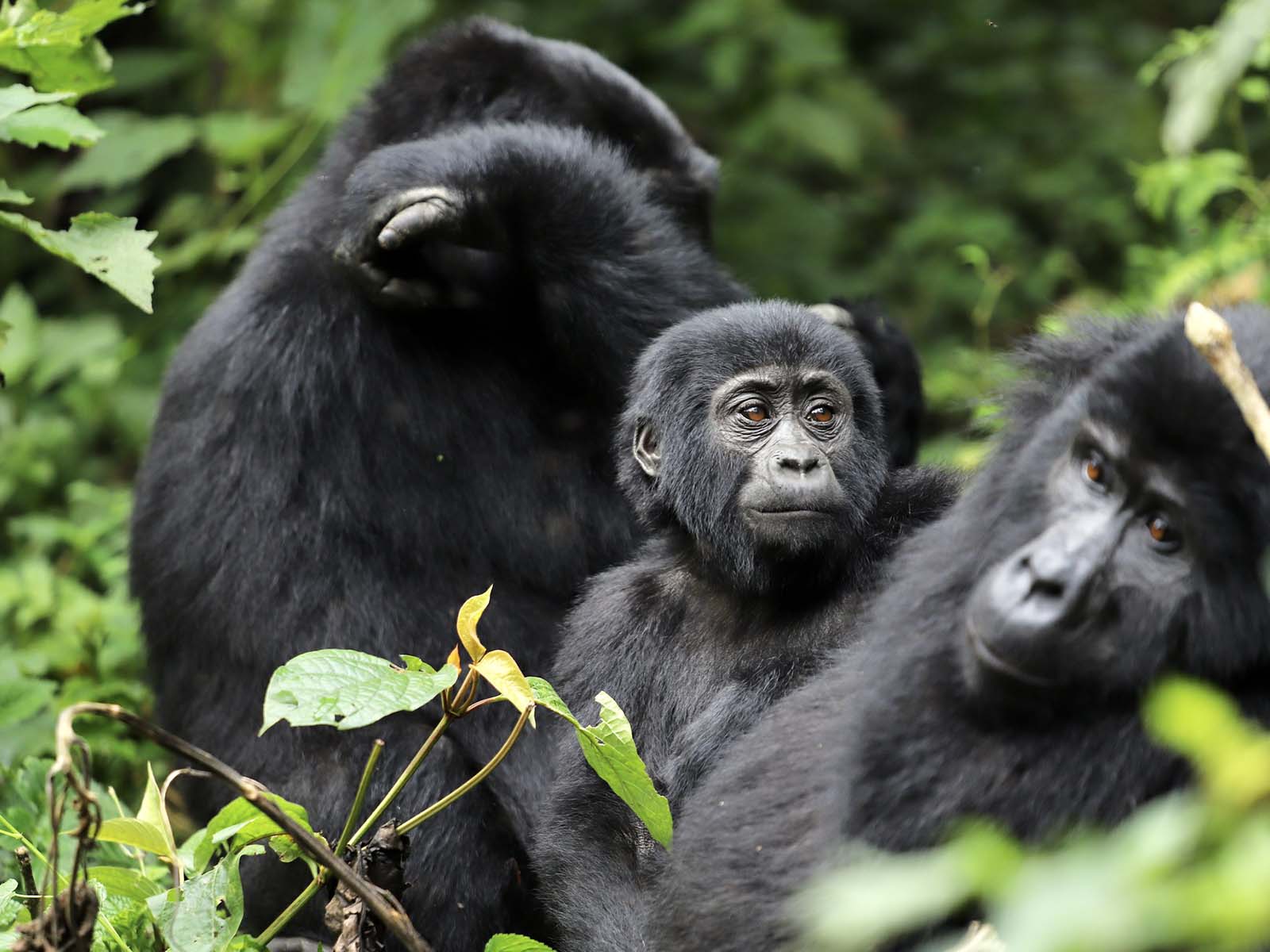
Things to know About Gorilla Tracking
October 30, 2023Exploring the Enchantments of Kisoro’s Premier Tourist Attractions
Nestled in the picturesque South-Western region of Uganda and flanked by the bordering nations of Rwanda and the Democratic Republic of Congo to the South and West, Kisoro town provides a gateway to some of Uganda’s most compelling natural wonders. It also shares its boundaries with the districts of Kanungu to the North and Kabale to the East.
Kisoro district, with an estimated population of about 220,000 people, harbors Kisoro town, home to approximately 10,700 residents. Encompassing an area of 729.7 square kilometers, the district’s terrain is predominantly hilly, with prominent highlands like Mount Muhabura, reaching 4,127 meters above sea level. A small portion of the district, about 3.88%, is covered by open water, while wetlands occupy approximately 2.95%. Additionally, the district boasts forest reserves, covering around 0.96% of its total area.
Exploring the Highlights of Kisoro:
Mgahinga Gorilla National Park:
Situated within Kisoro district in South-Western Uganda, Mgahinga Gorilla National Park was designated in 1991 and is a crucial part of the vast Virunga Conservation Area, spanning 434 square kilometers. Although it holds the title of being the smallest national park in Uganda, covering an area of about 33.7 square kilometers, it is of immense importance. It is one of only two national parks in Uganda where the endangered Mountain Gorilla resides, making it a prime attraction for tourists.
Primate and Wildlife Viewing:
Beyond the Mountain Gorillas, Mgahinga Gorilla National Park offers a home to a diverse range of wildlife. Visitors have the opportunity to spot other remarkable species, including Buffaloes, forest Elephants, Bushbucks, and the endangered Golden monkey, providing an enriching game viewing experience within the park.
Volcano Climbing:
Adventurers with a penchant for hiking will find Mgahinga Gorilla National Park an excellent destination. The park features three extinct volcanoes, namely Mount Sabyinya (366m) and Mount Muhavura (4,127m), offering incredible volcano-climbing experiences that reward climbers with stunning vistas.
Cave Exploration:
Garama cave is one of the intriguing caves that once served as a refuge for the Batwa people, who were skilled warriors. Located 3 kilometers from the National Park headquarters, a visit to the cave takes about 4 hours. Guided tours within the cave provide insights into the lives and battles of the Batwa. The cave itself measures 342 meters in length and descends to a depth of 14 meters, now inhabited solely by bats.
Viewing Platforms and Hills:
An accessible viewing platform, about 800 meters from the National Park gate, offers magnificent panoramas of the park and its environs. Display panels at the hilltop provide informative details about the vista. Kisoro’s undulating terrain, shaped by volcanic activity, provides ample opportunities for hiking, a rapidly developing activity.
Bird Watching:
Avi-tourism is gaining popularity in the area, with bird watching activities taking place along the periphery of the National Park. A leisurely stroll along the buffalo wall in the direction of Congo leads through a wetland area teeming with diverse bird species.
Nature Walks:
Guided forest walks are conducted within the forested regions of the national park, as well as in neighboring communities, making it possible for visitors to explore nature and connect with local culture.
Community and Market Visits:
Experience life in the community through visits to local markets. These visits are typically scheduled for specific days of the week and offer an immersive experience for visitors to gain insight into the lives of the Kisoro people, including the Bafumbira and Batwa.
Crater Lakes:
Kisoro boasts several crater lakes, with Lake Mutanda being the most prominent. Situated 14 kilometers north of Kisoro town, this emerald-green lake offers the perfect setting for sun downers and sunset cruises. It’s an ideal location for canoeing, fishing, and various recreational activities.
Scenic Viewing:
The scenic beauty of the rift valley and the stunning crater lakes provides captivating vistas, making scenery viewing a vital tourist activity. Other spectacular sights include the Abbis at Muremure in Kitende parish.
Cultural Performances:
Immerse yourself in the rich and distinctive culture of the Bafumbira and Batwa people. They showcase captivating cultural dances and practices on request, leaving visitors with an insatiable desire for more.
Crafts and Souvenirs Industry:
The vibrant culture of the Bafumbira and Batwa communities yields a diverse range of unique crafts and souvenirs, including beautifully woven baskets and other handcrafted items. These products contribute to community tourism in Kisoro, utilizing the abundant papyrus swamp stretching from Kisoro to Lake Bunyonyi.
Cave Exploration and Antiquities:
The district is actively exploring cave systems and antiquities. The lava tubes formed by past volcanic activity enhance the cave’s allure. Notable caves include Ruhenju in Gigozi parish, Soko in Soko parish, and Mwambike near Mutorere Secondary School, all of which once served as secure hideouts during tribal wars.
Hotel and Catering:
Kisoro district boasts several top-tier tourist hotels, including Gahinga Rest Camp, Mgahinga Safari Lodge, Volcanoes Hotel, and Sky Blue Motel. During a 2001 survey of tourism establishments, a total bed capacity of 453 was identified. The hotel and catering sector in the district employed 143 individuals at the time.
Should you wish to experience any of the remarkable tourist attractions in Kisoro, simply get in touch with Trek Africa Expeditions, and we will gladly assist you in arranging all the services you need for a memorable visit.

